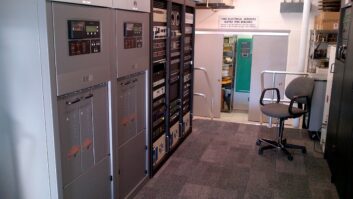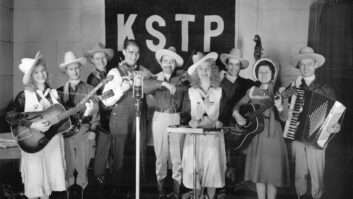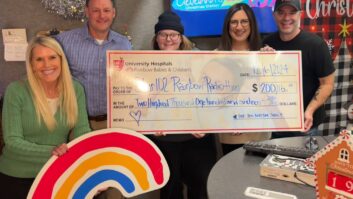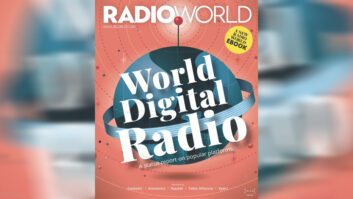
Randy Gravley chairs the Radio Board of the National Association of Broadcasters and is president/CEO of Tri State Communications; Radio World checked in with him in advance of the NAB Show.
Radio World: What’s the most pressing “big picture” business challenge for the U.S. radio industry as it heads into the 2018 spring show?
Randy Gravley: Radio faces a number of challenges that will shape our industry in the coming years. Increased competition for listeners, keeping and attracting advertisers, the changing auto dashboard, a convoluted music licensing system, sustaining live and local content, the role of digital and equipping Smartphones with radio capability are all issues that radio stations need to address.
That being said, I believe radio’s best days are still ahead. Every week, more than 260 million Americans tune to their hometown stations. We’re the number-one source for the discovery of new music. We remain a trusted news source, particularly for local news, at a time when “fake news” is prevalent online and on social media. And, as we saw countless times last year during times of emergency, we are a lifeline that provides timely information that can keep Americans safe.
RW: We see the stories about debt burdens at several large U.S. commercial broadcasters. Presumably this is not good for the industry; how do you think this will play out?
Gravley: My guess is the picture for all of radio will brighten considerably once the debt situation improves. Once these companies resolve their debt situation, they will have greater flexibility to operate and better serve listeners. These are great companies and radio’s a great business; we have margins that other businesses would love to have, and we have a connection to the community that none of our competitors can match.
RW: What technology trend are you most interested in learning more about or that we should be watching closely for impact on radio?
Gravley: I will be paying close attention to the future of the auto dashboard. We have many competitors who would love to replicate and replace the close relationship radio enjoys with the automobile. With most of radio listening happening in the car, we need to be proactive in maintaining our place at the forefront of in-car entertainment. That’s why NAB has been meeting so much with the automotive community. We must also set our eyes on the future and figure out what role radio will play in the self-driving car.
RW: What other business trends, consumer developments or stories should radio/audio people be watching closely? Anything else we should know?
Gravley: There is a huge opportunity to boost in-home radio listening with smart-home speakers like Google Home and Amazon Echo. The growth of smart speakers can provide radio with a new platform in Americans’ homes. We need to take advantage of how easy and convenient it is to tell your speaker to play your favorite radio station.
Some radio stations have also launched podcasts that go hand-in-hand with their traditional broadcasts. Podcasting fits right into broadcast radio’s strengths. Radio has been the dominant audio service for decades — we should be the experts at creating engaging, compelling content. It’s just online, rather than over the air.
Achieving streaming rates that allow for a viable business is also top-of-mind for broadcasters. The current royalty rate discourages radio stations from investing in streaming services because there’s no money to be had. Reasonable rates would benefit the record industry as well as radio since more stations would offer streaming.







